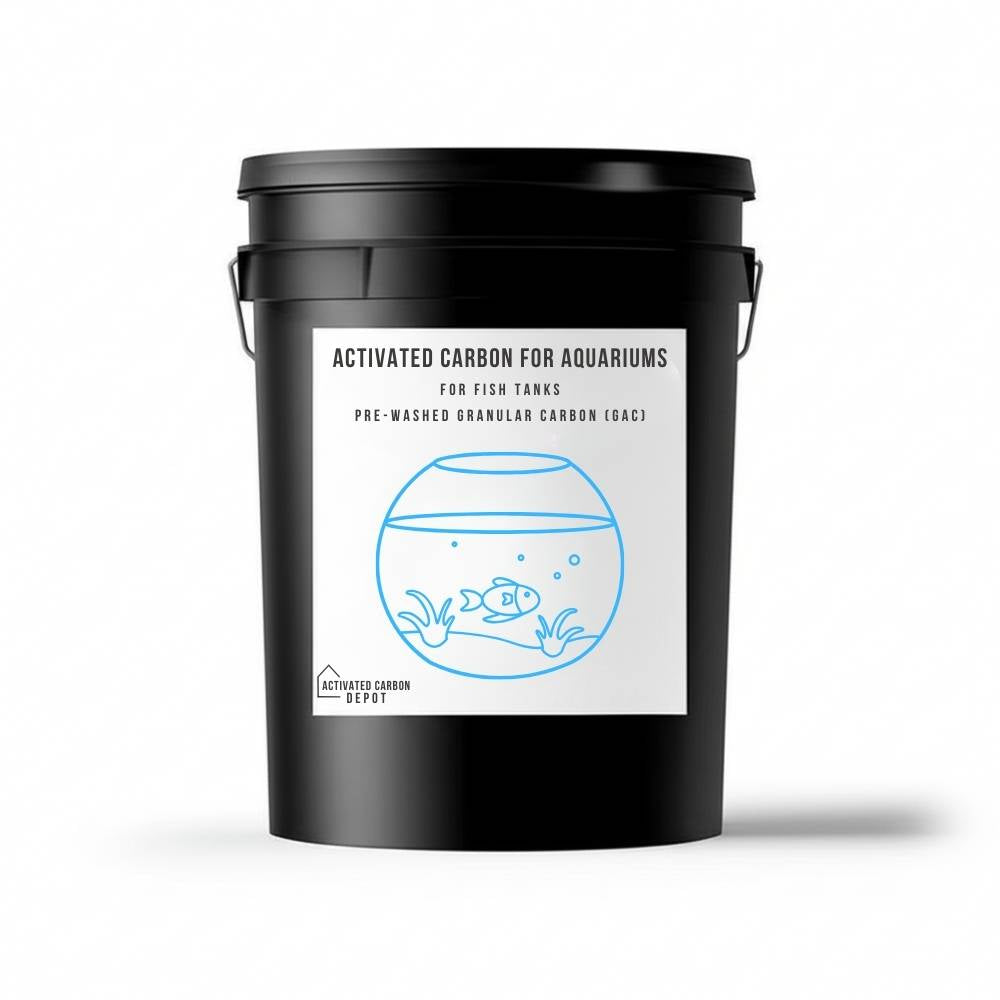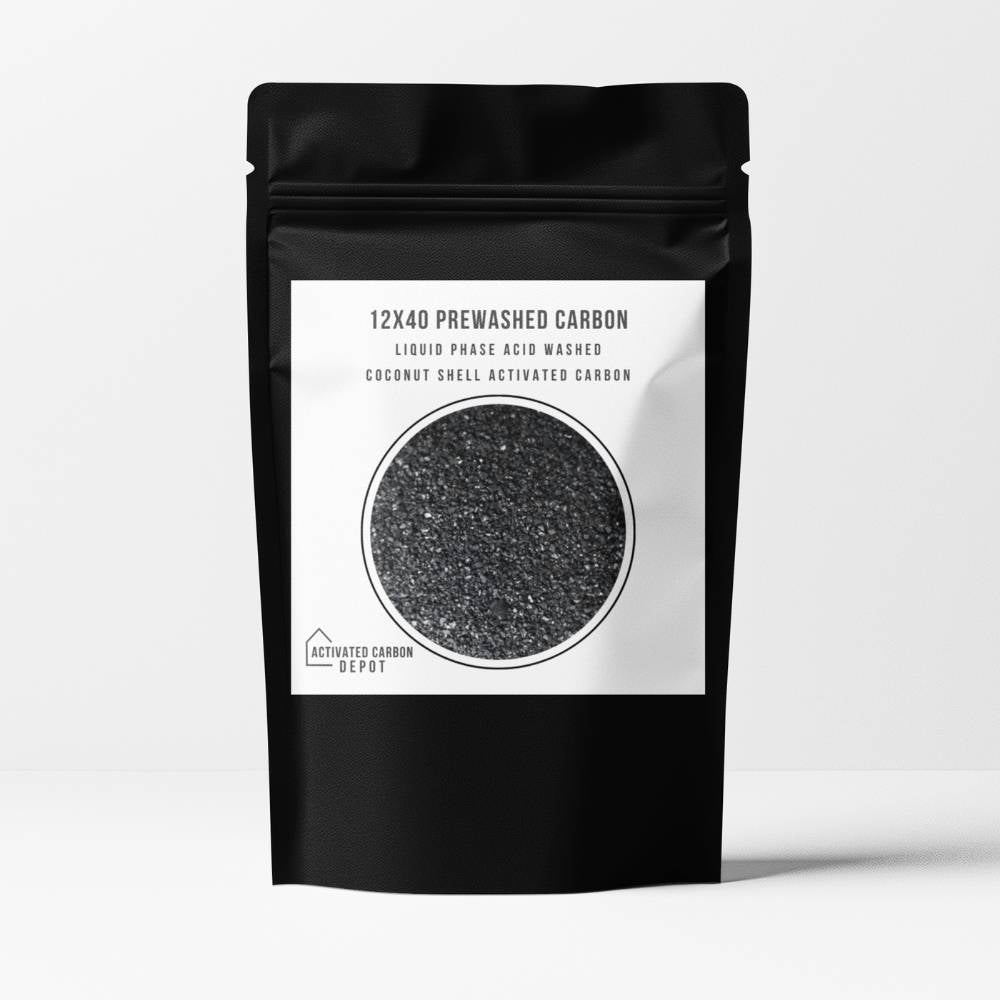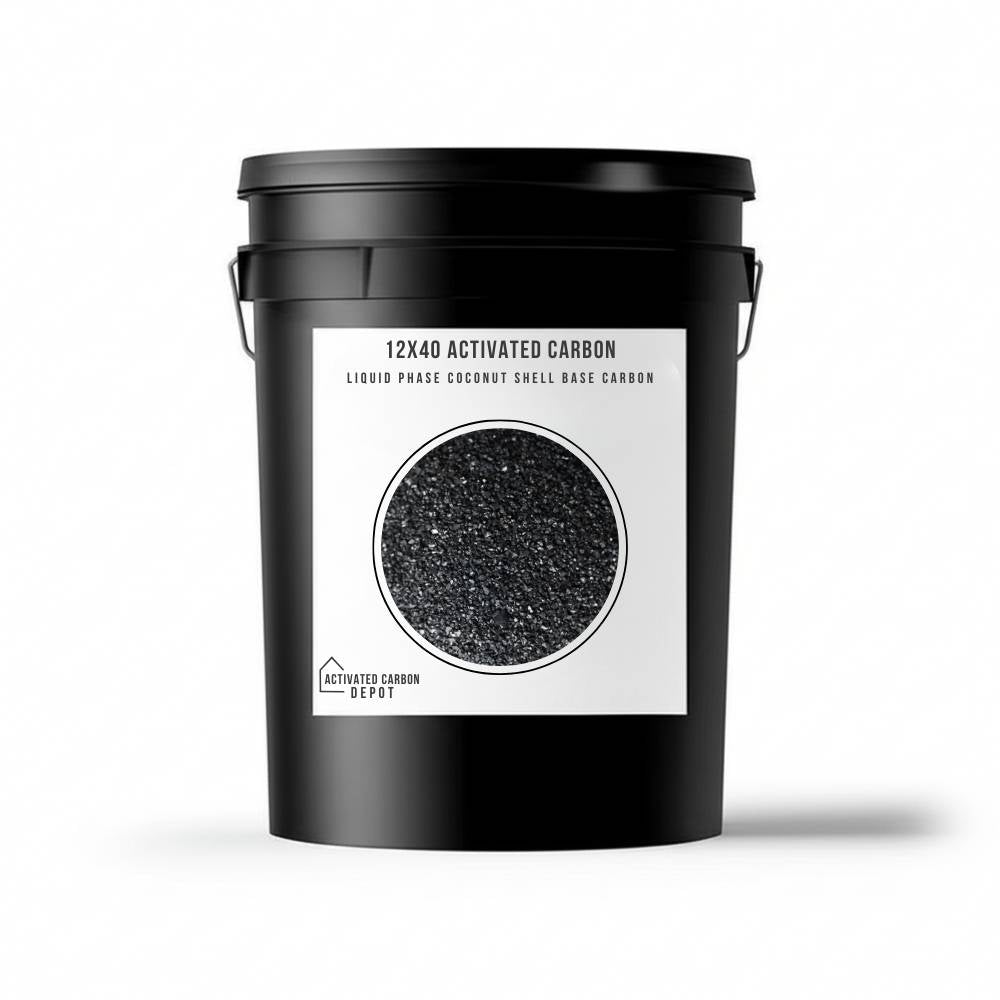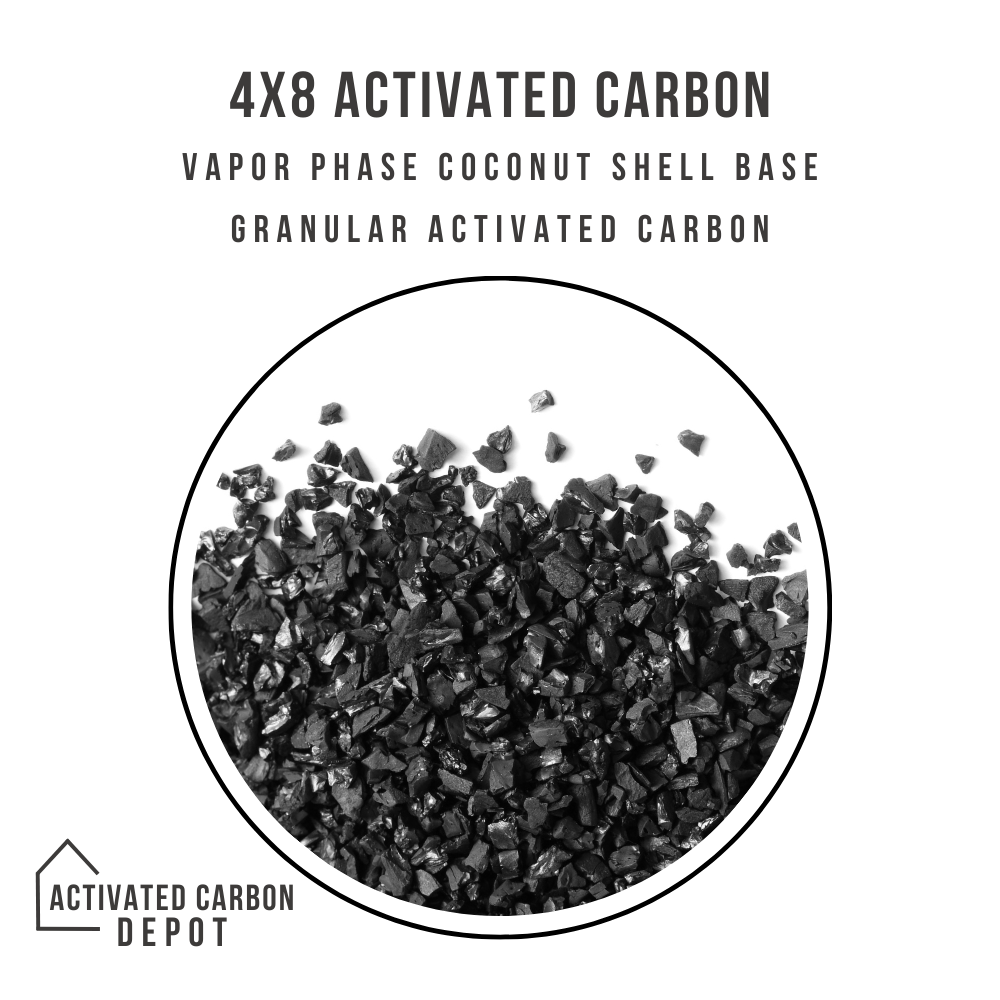Maintaining a clean and healthy aquarium is essential for the well-being of your fish and aquatic plants. One of the most effective tools for achieving this is activated carbon. This powerful filtration medium helps remove impurities, odors, and discoloration from aquarium water, ensuring a clear and safe environment for your aquatic life. Here’s everything you need to know about using activated carbon for aquariums.
What is Activated Carbon?
Activated carbon is a form of carbon that has been processed to create a highly porous structure. This increases its surface area, making it incredibly effective at adsorbing (not absorbing) a wide range of contaminants from the water. It works by trapping molecules of impurities, including toxins, chemicals, and organic waste, within its pores, thus purifying the water.
Benefits of Using Activated Carbon in Aquariums
-
Removes Toxins and Impurities:
- Activated carbon is highly effective at removing harmful chemicals and toxins from aquarium water. This includes substances like chlorine, chloramine, tannins, and dissolved organic compounds, which can harm your fish and plants.
-
Eliminates Odors:
- If your aquarium water has developed an unpleasant smell, activated carbon can help neutralize it. By trapping odor-causing molecules, it keeps your aquarium smelling fresh.
-
Clears Water Discoloration:
- Over time, aquarium water can become discolored due to tannins released from driftwood or other organic materials. Activated carbon removes these discolorations, restoring the water’s clarity and enhancing the visual appeal of your aquarium.
-
Enhances Water Quality:
- By continuously removing impurities, activated carbon helps maintain stable water conditions, reducing stress on fish and other aquatic life. This leads to a healthier and more vibrant aquarium ecosystem.
SHOP HERE
How to Use Activated Carbon in Your Aquarium
-
Choose the Right Type of Activated Carbon:
- Activated carbon comes in various forms, including granules, pellets, and blocks. Granular activated carbon (GAC) is the most common type used in aquariums. Ensure you select a high-quality product designed specifically for aquarium use.
-
Add Activated Carbon to Your Filter:
- The best way to use activated carbon is by placing it in your aquarium filter. Most filters have a compartment or media bag where you can add the carbon. Be sure to follow the manufacturer’s instructions for the appropriate amount to use based on your tank size.
-
Rinse Before Use:
- Before placing the activated carbon in your filter, rinse it thoroughly under running water. This helps remove any dust or fine particles that could cloud your aquarium water when first introduced.
- Our Activated Carbon Depot branded carbon for aquariums is pre-washed and ready to use right out of the bag. SHOP HERE
-
Replace Regularly:
- Activated carbon has a limited lifespan and needs to be replaced regularly, usually every 2-4 weeks. Over time, the carbon’s pores become clogged with impurities, reducing its effectiveness. Regular replacement ensures continuous water purification.
-
Monitor Your Aquarium:
- Keep an eye on the clarity and quality of your aquarium water. If you notice any changes, such as discoloration or odors, it may be time to replace the activated carbon or adjust the amount you’re using.
Considerations and Precautions
-
Avoid Overuse:
- While activated carbon is effective, it’s important not to overuse it. Excessive amounts can remove beneficial elements from the water, such as trace minerals needed by plants and invertebrates. Stick to the recommended amounts and change it regularly.
-
Use in Conjunction with Other Filtration Methods:
- Activated carbon is most effective when used alongside other filtration methods, such as mechanical and biological filters. This ensures comprehensive water purification and a balanced aquarium environment.
-
Not Effective Against All Contaminants:
- While activated carbon removes many impurities, it’s not effective against all contaminants. For instance, it won’t remove ammonia, nitrite, or nitrate. These require biological filtration or other specific treatments.
Conclusion to Activated Carbon for Aquariums: A Complete Guide
Activated carbon is an invaluable tool for maintaining a clean and healthy aquarium. By effectively removing toxins, odors, and discolorations, it helps create a pristine environment for your fish and plants to thrive. Regular use of activated carbon in your aquarium filter ensures clear, odor-free water and enhances the overall quality of life for your aquatic pets. Whether you’re a seasoned aquarist or just starting, incorporating activated carbon into your aquarium maintenance routine is a simple and effective way to keep your tank in top condition.































